To find out concept of DOM element it is essential to understand concept of Dynamic HTML and DOM. Everything is started from the time that requirements of all stockholders of web pages are enhanced. They wanted the Web pages that can be more interactive, dynamic and lively. In addition, to reach this goal, developers required the tools and mechanisms that via them the presentation and content of each section of web page can be modified or manipulated. Therefore the concept of Dynamic HTML is created. To understand it, a great definition for Dynamic HTML is accessible in Wikipedia:
Dynamic HTML, or DHTML, is an umbrella term for a collection of
technologies used together to create interactive and animated websites
by using a combination of a static markup language (such as HTML), a
client-side scripting language (such as JavaScript), a presentation
definition language (such as CSS), and the Document Object Model
(DOM).
So, writing standard DHTML web pages are standardized in three fields, including client-side scripting language (such as JavaScript), a presentation definition language (such as CSS) and uniform programming interface(API) to access and modify the Web page (Document Object Model). This activity is performed by W3C and others. Also to solve the problem of cross browser, W3C tried to reach a general consensus (with different browser vendors) about scripts to access and manipulate HTML and XML documents via Document Object Model (DOM) as a standard application programming interface (API).
But the main question is that how they designed the structure of Document Object Model to meet their needs. Their solution was simple but wonderful. They used a hierarchical structure such as tree which at the root of the tree you can find document object, also each node is equivalent of a HTML elements (DOM element). This abstraction of your web page give you a great facility to access any HTML element, style sheets, and ... . To understand it better you can map each indent of your HTML code to each level of DOM tree. Please pay attention to this example:
Your HTML:
<!DOCTYPE html>
<html>
<head>
</head>
<body>
<p>...</p>
<ul>
<li>...</li>
</ul>
<table>
<tr>...</tr>
</table>
</body>
</html>
DOM Structure:
document
| .
<html> .
/ \ .
<head> <body> styleSheets
/ \ \
<p> <ul> <table>
/ \ \
text <li> <tr>
So, each node of this hierarchical structure (DOM tree) refers to a DOM element. To learn more use tis reference
